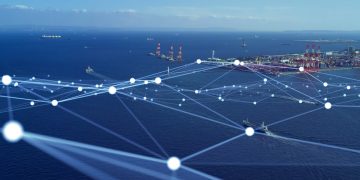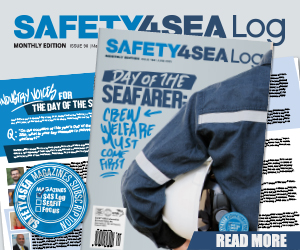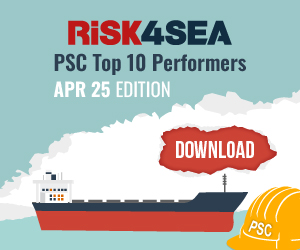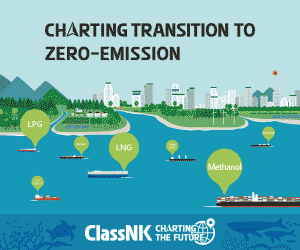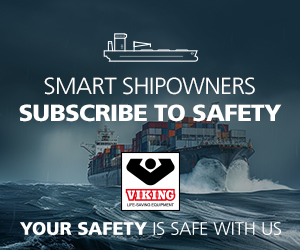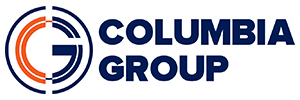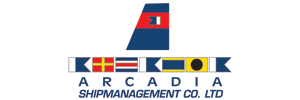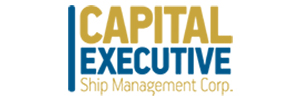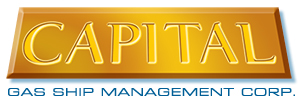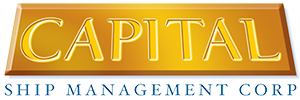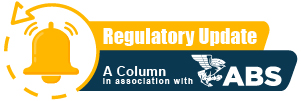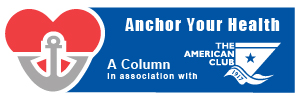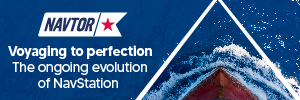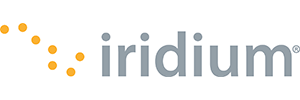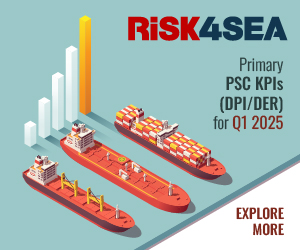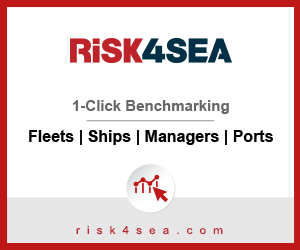In an exclusive interview with Optimarin’s new Managing Director, Tore Svanheld, we gain insights into the key considerations for effective ballast water treatment. Above all, it is essential for the crew to have clarity, adequate training, and confidence in the system.
SAFETY4SEA: Congratulations on your new role as Managing Director. What are your top priorities for Optimarin over the next five years?
Tore Svanheld: Thank you. My top priorities are clear: strengthen our leadership in UV-based ballast water treatment, support our customers through evolving compliance demands, and drive growth through service excellence. With the Guardian system launching and the Hyde acquisition expanding our reach, we’re in a strong position to serve more fleets—and serve them better.
S4S: What are the key challenges the maritime industry is currently facing regarding Ballast Water Management?
T.Sv.: The challenge isn’t just compliance—it’s confidence. Shipowners want systems that work reliably under real conditions, across diverse vessel types and trade routes. They also need service, training, and support that keep them compliant long after installation.
S4S: How is Optimarin balancing innovation with the increasing regulatory demands of the maritime industry?
T.Sv.: Innovation at Optimarin starts with compliance—and builds from there. Every design choice, from our control software to our UV reactor, is made to simplify operation, reduce power use, and ensure lasting compliance. We don’t innovate for headlines. We innovate to make life easier onboard.
S4S: Can you elaborate on Optimarin’s post-Hyde strategy and how it has influenced the evolution of your Ballast Water Treatment Systems?
T.Sv.: The Hyde acquisition was about combining the best of both worlds. We integrated Hyde’s proven filtration and control expertise with our robust UV technology and service model. The result is Guardian: a new system that raises the bar for performance, flexibility, and vessel fit—particularly for larger ships.
S4S: What has been the key feedback from the market regarding BWTS installation and operation? Are there any lessons learned or best practices you can share?
T.Sv.: Keep it simple. That’s the key message we hear. Systems must be intuitive, install-friendly, and backed by responsive support. That’s why we’ve invested heavily in digital tools like OptiLink, and we always encourage early planning to avoid surprises at drydock.
S4S: What critical factors must be considered when it comes to ship stability, structural stresses, and tank change-over during ballast operations?
T.Sv.: Crew need clarity and training, but also confidence in their system. A BWTS must never interfere with safe ballasting. Our design minimizes pressure loss and ensures flexibility in operations—because the system should support stability, not compromise it.
S4S: What trends are you observing in BWMS adoption? Are shipowners now placing greater emphasis on future-proofing than in previous years?
T.Sv.: Absolutely. The industry is moving from “install and forget” to “install and support.” Owners are looking beyond type approval—they want reliability, service agreements, remote support, and data. They want peace of mind.
S4S: What advice would you offer regarding crew training for those involved in ballast and deballast operations?
T.Sv.: Start early, repeat often, and make it practical. Training should focus not only on procedures but also on common challenges. At Optimarin, we believe in building crew confidence—not just compliance.
S4S: What would be on your wish list for regulators, industry stakeholders, and other parties involved in ballast water management?
T.Sv.: Stronger focus on enforceability and support. Regulations are essential, but they only work when backed by resources for inspection, training, and guidance—especially for smaller operators navigating complex systems.
S4S: If you could change one thing in the shipping industry from your perspective, what would it be and why?
T.Sv.: I’d improve the collaboration between makers and shipowners post-installation. Too often, systems are treated as one-time purchases. But long-term performance depends on service, updates, and communication. We need a more lifecycle-oriented mindset.
S4S: Are there any new projects or plans at Optimarin that you would like to share with the wider industry?
T.Sv.: We’re preparing for the full rollout of the Optimarin Guardian system in 2026 and scaling our service network globally.
S4S: What is your key message to industry stakeholders as you begin this new chapter with Optimarin?
T.Sv.: We’re here to serve—and to stay. Optimarin has 30 years of ballast water experience, and with Guardian, we’re entering a new chapter. My message is simple: if you’re looking for reliability, real service, and a partner that listens, we’re ready.
The views presented are only those of the author and do not necessarily reflect those of SAFETY4SEA and are for information sharing and discussion purposes only.



















